Maria Tallchief’s third marriage seemed to be the charm. But when courts indicted her husband for major tax fraud, the perfect picture of their marriage would never be the same.
Maria Tallchief, America's first major prima ballerina, faced a challenging journey marked by discipline, competition, and prejudice due to her Native American heritage. Despite personal struggles, including a tumultuous family life and early challenges in ballet, she rose to prominence in the ballet world, refusing to change her name to fit in with Russian-dominated ballet companies. Her marriage to choreographer George Balanchine propelled her career, but they eventually divorced, and she continued to achieve significant milestones, such as becoming the highest-paid ballerina and starring in iconic roles like the Sugar Plum Fairy. After retiring from performing, Tallchief contributed to the ballet world as a director and co-founded the Chicago City Ballet, although financial struggles led to its closure. Her legacy endures through numerous honors, including induction into the National Native American Hall of Fame and a National Medal of Arts, solidifying her status as a trailblazer in ballet and a champion for Native American representation in the arts.
Maria Tallchief was born in Fairfax, Oklahoma in 1925, and despite her family's wealth, she faced significant challenges, including her father's alcoholism and early exposure to ballet's demanding nature.
At a young age, Tallchief faced racism and discrimination due to her Native American heritage, prompting her to alter the spelling of her last name to 'Tallchief' to mitigate prejudice as she pursued her ballet career.
Her career took off after joining the Ballet Russe de Monte Carlo, where she resisted pressure to change her name to sound Russian, and she eventually became a prima ballerina with the newly formed New York City Ballet.
Tallchief was married to George Balanchine, a significant influence on her career, and their professional partnership led to her starring in iconic roles such as the Sugar Plum Fairy, although they divorced after six years.
After retiring, Tallchief co-founded the Chicago City Ballet, though it eventually closed due to financial difficulties; she remained an influential figure in the ballet world and was honored for her contributions, including receiving a National Medal of Arts.
Tallchief's personal life included three marriages and she endeavored to balance her professional success with personal happiness, ultimately finding stability with her third husband, businessman Henry Paschen Jr.
Her legacy is celebrated through numerous accolades and her commitment to creating opportunities for Native Americans, culminating in her induction into the National Native American Hall of Fame in 2018.
The Least Likely Prima Donna
Many little girls twirl through childhood dreaming of pink tutus, poised pirouettes, and the glamour of life onstage. But behind the satin and spotlight lies a world of punishing discipline, fierce competition, and unrelenting pressure. For Maria Tallchief—America’s first major prima ballerina—that world was not only grueling, but laced with barriers few could imagine. Her rise to the top was as breathtaking as it was brutal.

1. She Was Born With A Silver(ish) Spoon In Her Mouth
Born in Fairfax, Oklahoma in 1925, Tallchief didn't want for much growing up. Her father, a member of the Native American Osage Nation, owned significant properties and reportedly never worked "a day in his life". As such, her family's home sat atop a hill overlooking the reservation, a symbol of their pride and social status. For all practical purposes, they probably looked like the perfect family—but everything was not as it seemed.
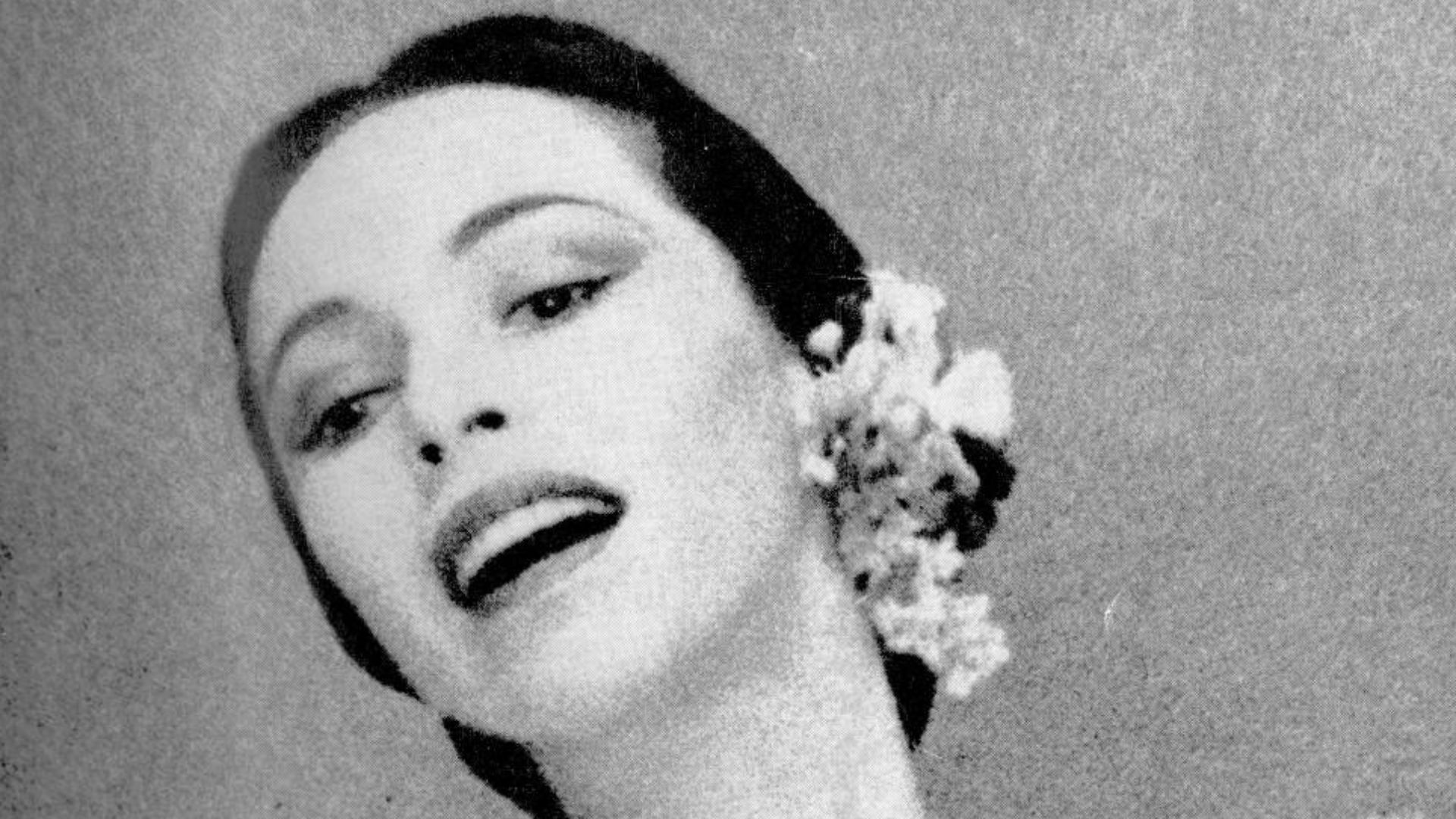 Unknown photographer, Wikimedia Commons
Unknown photographer, Wikimedia Commons
2. Her Father Couldn't Control Himself
Despite their wealth, Tallchief's family faced some serious struggles. For one, her father couldn't stay away from the bottle. He went on drink binges often, leading him and her mother to argue about his lack of responsibilty. Her mother feared the family’s wealth might be reduced to nothing during one of her husband's episodes or that his drinking could lead to injury.
As it turns out, though, her husbands indiscretions weren't the only axes she had to grind.
 Jack Mitchell, Getty Images
Jack Mitchell, Getty Images
3. She Lived Through Her Daughter
Back in her own day, Tallchief's mother dreamed of a musical career onstage. Unfortunately for her, though, her own family didn't have the means to get her the training she needed to do so. Determined her daughters would not face the same barriers, she enrolled both her daughters in ballet classes.
And so, at her mother's bidding, Tallchief began her dance career at age three. Tragically, though, It didn't take long for her to discover that despite the cute tutus, dancing had a very dark side.
 Kristina Kokhanova, Getty Images
Kristina Kokhanova, Getty Images
4. She Had A Terrible Teacher
Learning ballet as a young child can definitely be difficult, but for Tallchief, it turned out to be downright dangerous. One of her very first teachers put her en pointe at the age of five—a dangerously young age for such a challenging technique. Later, Tallchief expressed how she really felt about that early instructor: "She was a wretched instructor who never taught the basics, and it's a miracle I wasn't permanently harmed”.
Luckily for the young girl, however, a major change soon rescued her and her feet, changing her path forever.
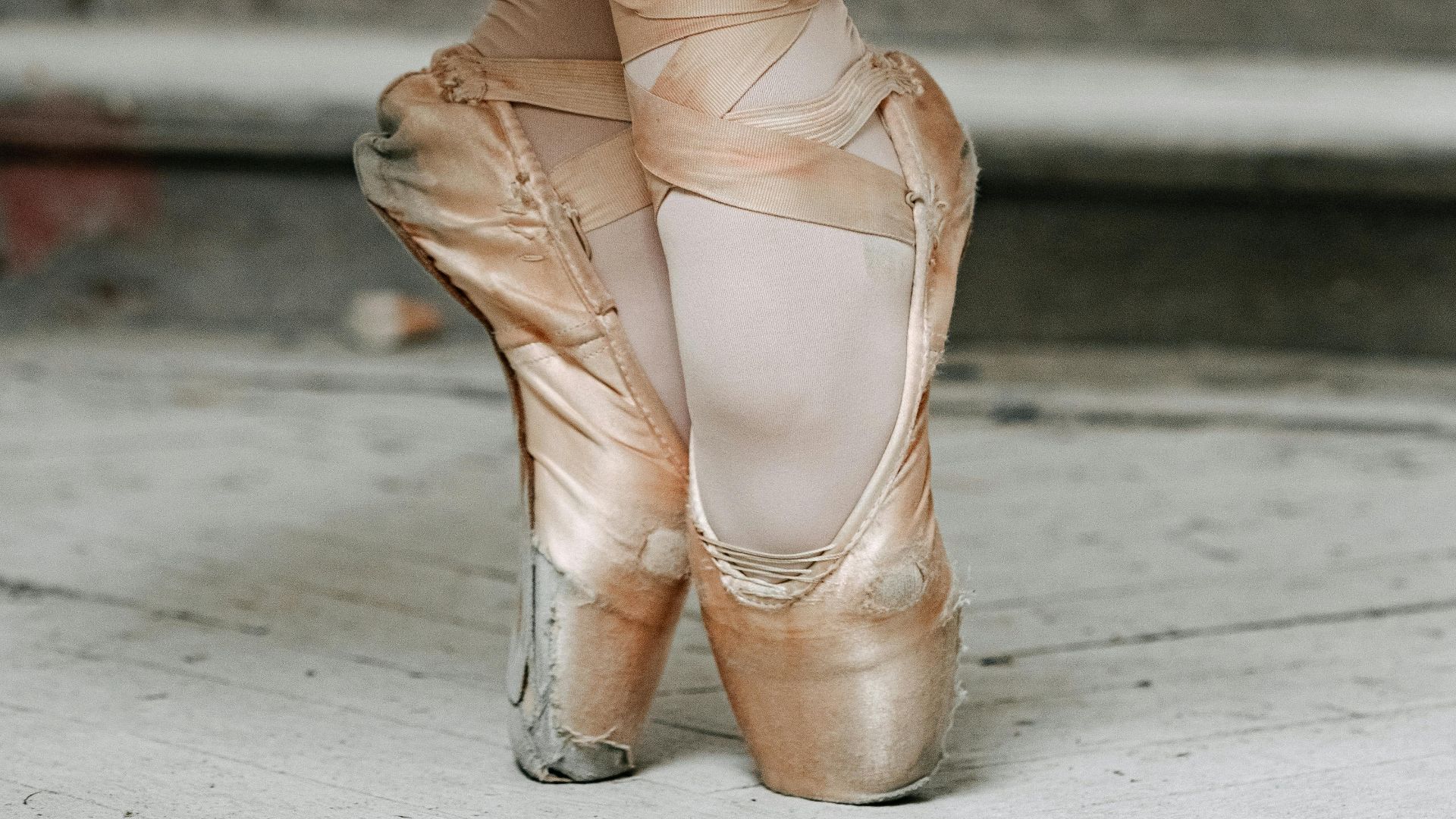 Ivan Samkov, Pexels
Ivan Samkov, Pexels
5. She Went Hollywood
Equipped with more than enough resources to pursue the very best training, Tallchief's family moved them out to California in pursuit of better opportunities. It came just in time, and Tallchief spent the rest of her childhood and early teen years retraining with some of the very best choreographers, including Bronislava Nijinska and David Lichine. She excelled in academics and more than excelled in her ballet shoes, but leaving the home she knew came with an extremely high price.
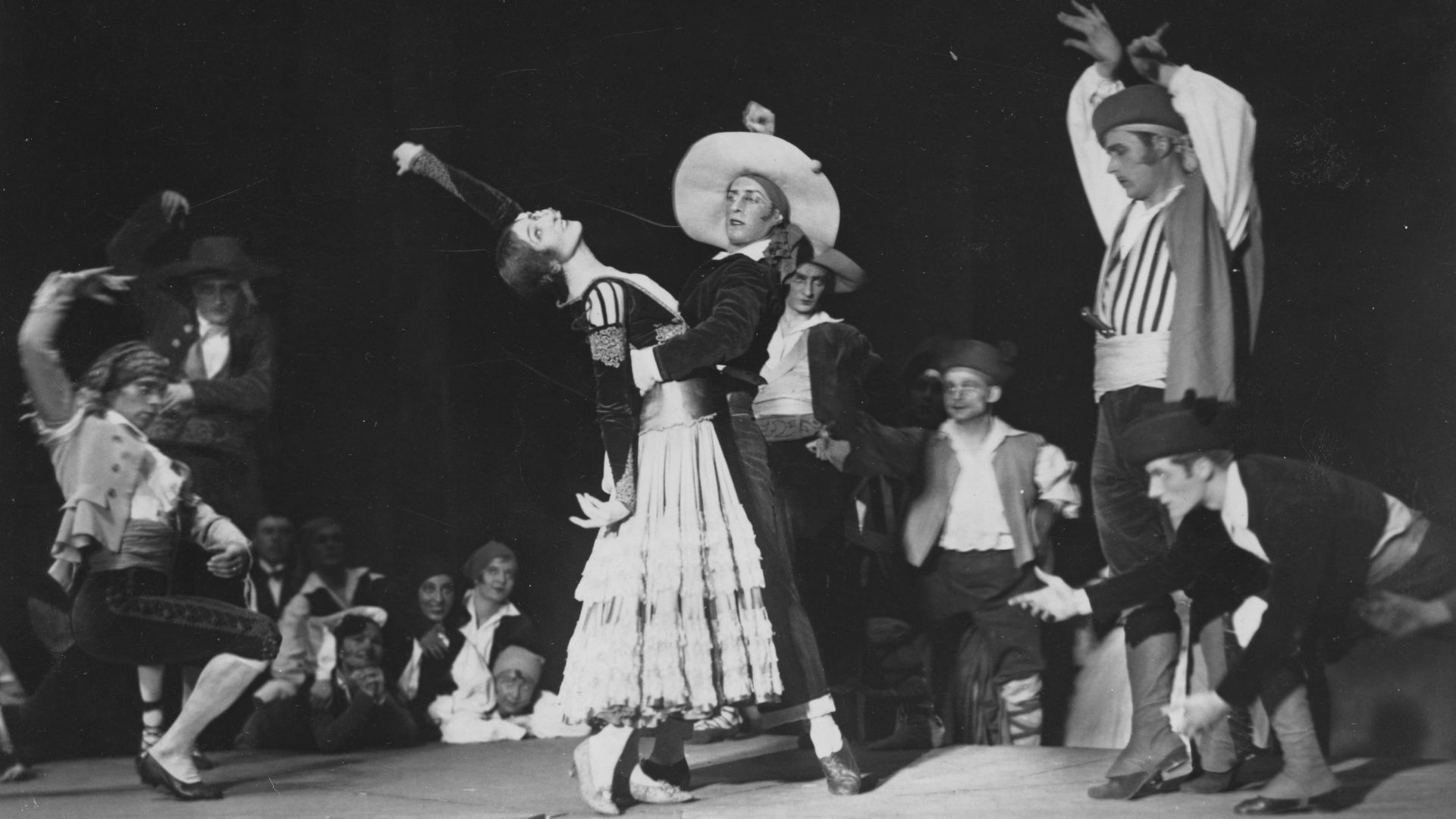 Unknown authorUnknown author, Wikimedia Commons
Unknown authorUnknown author, Wikimedia Commons
6. She Didn't Fit In
Unfortunately, Tallchief stood out from the crowd for more than her dancing ability. Thanks to her Native American heritage, she also looked different than her peers. Because of this, she endured teasing and racism from classmates. Their cruelty knew no bounds. In fact, Tallchief recalls that they went so far as to ask if her father took scalps!
Burdened with the complexity of her identity, she ultimately decided to make a major change.
 Bettmann, Getty Images
Bettmann, Getty Images
7. She Changed Her Name
To combat discrimination, she shifted the spelling of her last name from its original version, “Tall Chief”, to the one we know her by today “Tallchief". Granted, it still didn't sound like the most typical last name, but it seemingly managed to take at least a little unwanted attention off of her as she began to make a name for herself. But perhaps those types of experiences moved her to change her path entirely, considering the fact that she almost skipped a life on stage altogether...
 Jack Mitchell, Getty Images
Jack Mitchell, Getty Images
8. She Wanted To Stop
In 1942, Tallchief graduated from her ritzy Beverly Hills high school as a notably accomplished student and dancer. With her entire life before her, she approached her father with a totally unexpected proposition—she wanted to go to college. Seems like a pretty reasonable request for a high school graduate. Her father, however, didn't agree.
 Jack Mitchell, Getty Images
Jack Mitchell, Getty Images
9. He Wanted His Money's Worth
Tallchief's father refused to let her go off to school. Reportedly, he insisted she find a job as a dancer, saying "I've paid for your lessons all my life". Seems like quite the double standard, considering he himself never had a real job, but that's neither here nor there. With her decision made for her, she packed up her bags shortly after and moved to the big apple to pursue her career. Like most things in life, though, it got worse before it got better...
 Jack Mitchell, Getty Images
Jack Mitchell, Getty Images
10. They Didn't Want Her
Seventeen and starry eyed, Tallchief moved to New York City with a family friend in 1942. She wasted no time trying to find a job, and met with Serge Denham of the Ballet Russe de Monte Carlo, hoping to join the company. Her timing was all wrong, though. They insisted they didn't need anymore dancers and turned her down cold.
She left in tears, but an unexpected technicality soon turned the entire thing around...
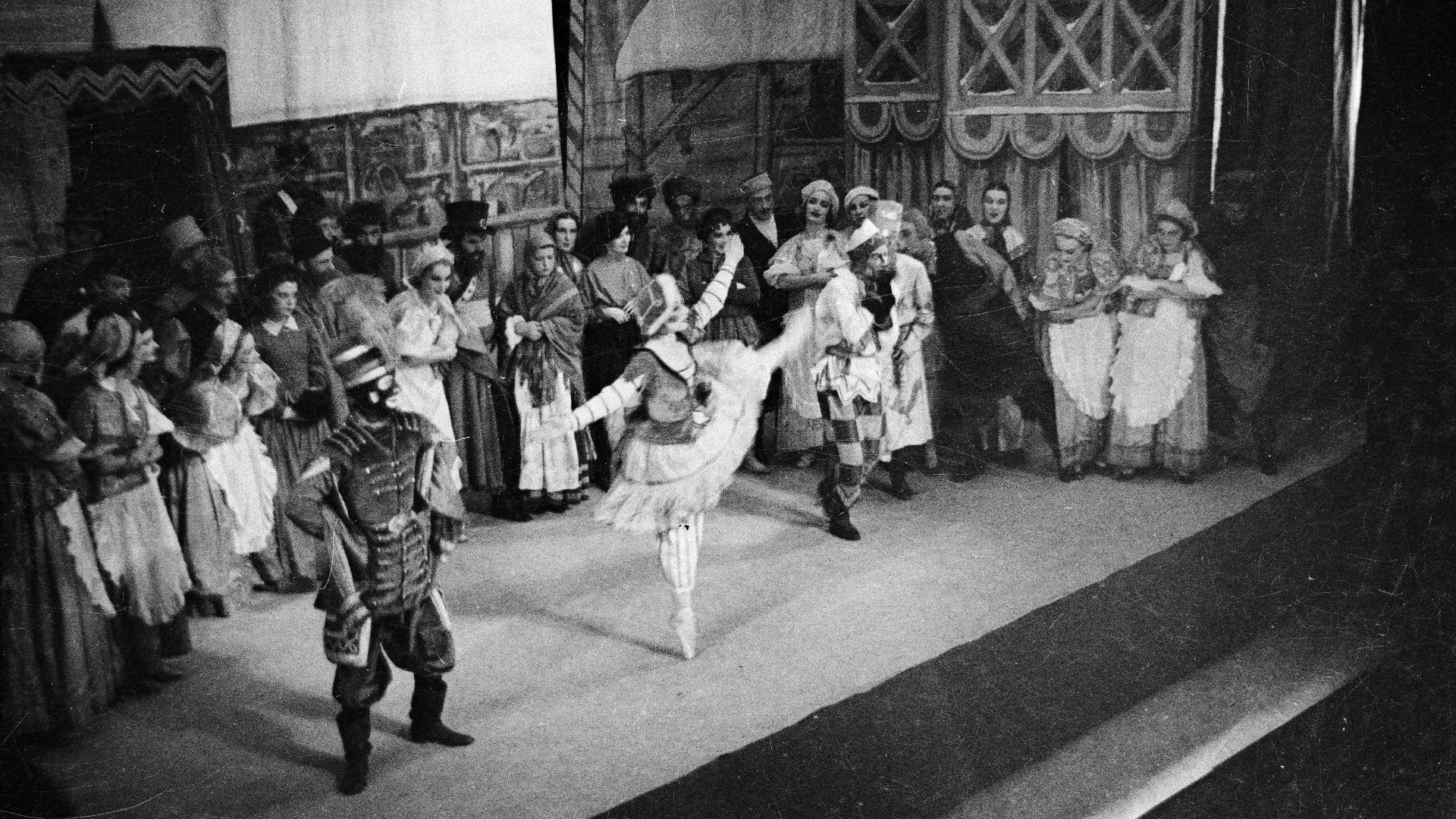 State Library of New South Wales collection, Wikimedia Commons
State Library of New South Wales collection, Wikimedia Commons
11. She Got Lucky
Before long, the company approached Tallchief with a proposition. And this time, her novelty made her essential. With the company made up of mostly Russian performers, they needed an American with a passport to help them get through an upcoming tour. Just like that, Tallchief's luck turned around, and she became an apprentice member of the company.
Unfortunately for her, the issue of her heritage soon came back to haunt her.

12. They Pushed Her
During her time at Ballet Russe, her superiors brought up the issue of her name again. They suggested she change her last name to "Tallchieva", making her sound more Russian. Granted, Russians dominated the world of ballet at the time, and other dancers were known to change their names to improve their chances of promotion. Tallchief staunchly refused, but more problems with her foreign counterparts loomed on the horizon.
 Jack Mitchell, Getty Images
Jack Mitchell, Getty Images
13. She Got Too Good
Coincidentally, one of Tallchief's previous instructors served as a choreographer at Ballet Russe—Nijinska. And before long, Nijinska promoted her to understudy for the first ballerina. In other words, that meant that, if for some reason the lead ballerina couldn't go on, Tallchief got the prime spot. It's quite possible that Nijinska's prior relationship with the young dancer had something to do with the promotion, or, perhaps her talent spoke for itself. Either way, she started attracting the wrong kind of attention.
 Jack Mitchell, Getty Images
Jack Mitchell, Getty Images
14. She Tussled With The Mean Girls
If you've ever seen Black Swan, you probably already know that the world of ballet is incredibly competitive. In this case, the other dancers already had issues with Tallchief that had nothing to do with her as a person or dancer. The mostly Russian ballet company looked down on her for the very reason that she was American (despite her passport being the thing that helped keep them working). Regardless, Tallchief danced her booty off, and when the moment came for her to rise from understudy to main girl, she rose to the occasion.
But perhaps a certain steamy relationship blooming in the background had something to do with her seemingly unshakeable confidence.
 Baron, Hulton Archive, Getty Images
Baron, Hulton Archive, Getty Images
15. She Fell Hard
Tallchief logged several hours daily working at her craft. But all work and no play make for a dull girl, and she definitely found time to romp. While at Ballet Russe, Tallchief caught the eye of the company's golden boy, Alexander "Sasha" Goudevitch. Logging several hours both in rehearsal and outside of it, the two reportedly fell head over heels for each other. So much so that they made a stunning decision.
 Jack Mitchell, Getty Images
Jack Mitchell, Getty Images
16. He Popped the Question
With their relationship growing in intensity, Goudevitch started working an extra job so he could make a special purchase—an engagement ring. That probably sounds romantic, but this is a good time to note that Tallchief was only around 19 years old at the time. That said, though, the entire thing eventually proved to be the folly of youth, considering what happened next.
 Bettmann, Getty Images
Bettmann, Getty Images
17. There Was Another Woman
The whirlwind romance ground to a halt in 1944. Reportedly, another woman set their sights on Goudevitch, and beore long, he shamelessly strayed from Tallchief. She later admitted that the doomed relationship broke her heart, as she considered it her "first love". Even so, Tallchief managed to sucessfully complete her time with the company. Granted, though, by the time she saw her parents again, it seemed the cost of her achievement might just be to high.
 Jack Mitchell, Getty Images
Jack Mitchell, Getty Images
18. She Looked Different
When Tallchief's parents managed to catch her on tour, they couldn't believe their eyes. Their daughter looked much different than she did when she left them. More specifically, she'd lost a concerning amount of weight. While there's no official report of an eating disorder, it's not an unusual occurrence in the ballet world. But whether or not she truly struggled with a food aversion, her parents felt concerned enough to totally change their tune.
 Mirrorpix, Getty Images
Mirrorpix, Getty Images
19. They Took It Back
Upon seeing her daughter's fragile physical state, Tallchief's mother tried to get her to quit ballet altogether. Considering she'd been living her own dance dreams through her daughter up to that point, I can only imagine how unhealthy Tallchief looked. But by then, it was too late. Top ballet critics started to notice Tallchief, fueling her own desire to rise as prima ballerina.
With her eyes firmly set on the prize, Tallchief found herself ready to do whatever she needed to do to be the best.
 Jack Mitchell, Getty Images
Jack Mitchell, Getty Images
20. She Broke Through
Tallchief's second year with Ballet Russe saw her break through the noise to become one of the company's top performers. She stunned as a soloist in Le Beau Danube and Ancient Russia, and almost immediately managed to impress a new choreographer at the company, George Balanchine (she might've impressed him too much, but we'll get back to that).
With her quickly increasing success, her parents jumped back aboard for her dance career. But, perhaps they felt a little too gung ho about it all...
 Jack Mitchell, Getty Images
Jack Mitchell, Getty Images
21. They Milked It
Even as Tallchief grew older, her mother kept a close eye on things. When Tallchief became a stand out in the company, her mother showed up to command they cough up some more money. Looking back, Tallchief remembered feeling "mortified" about the whole thing. Her mom knew what she was doing though, and got exactly the raise she requested. And good thing too. She' need that win to comfort her, considering how her daughter would betray her in the near future.
 Jack Mitchell, Getty Images
Jack Mitchell, Getty Images
22. She Got In Deep
When Balanchine arrived at Ballet Russe in 1944, he and Tallchief soon found they couldn't resist each other. She found the choreographer's work "so simple yet perfect". He called her his "crucial artistic inspiration". An intense working relationship ensued, where Balanchine pushed Tallchief to her highest heights, ultimately giving her the solo and lead understudy in a production that kicked both their careers into high gear, Song of Norway.
You can probably see the clear throughline from that type of relationship to a passionately romantic one. But, if you believe Tallchief's own version of events, she never saw it coming.
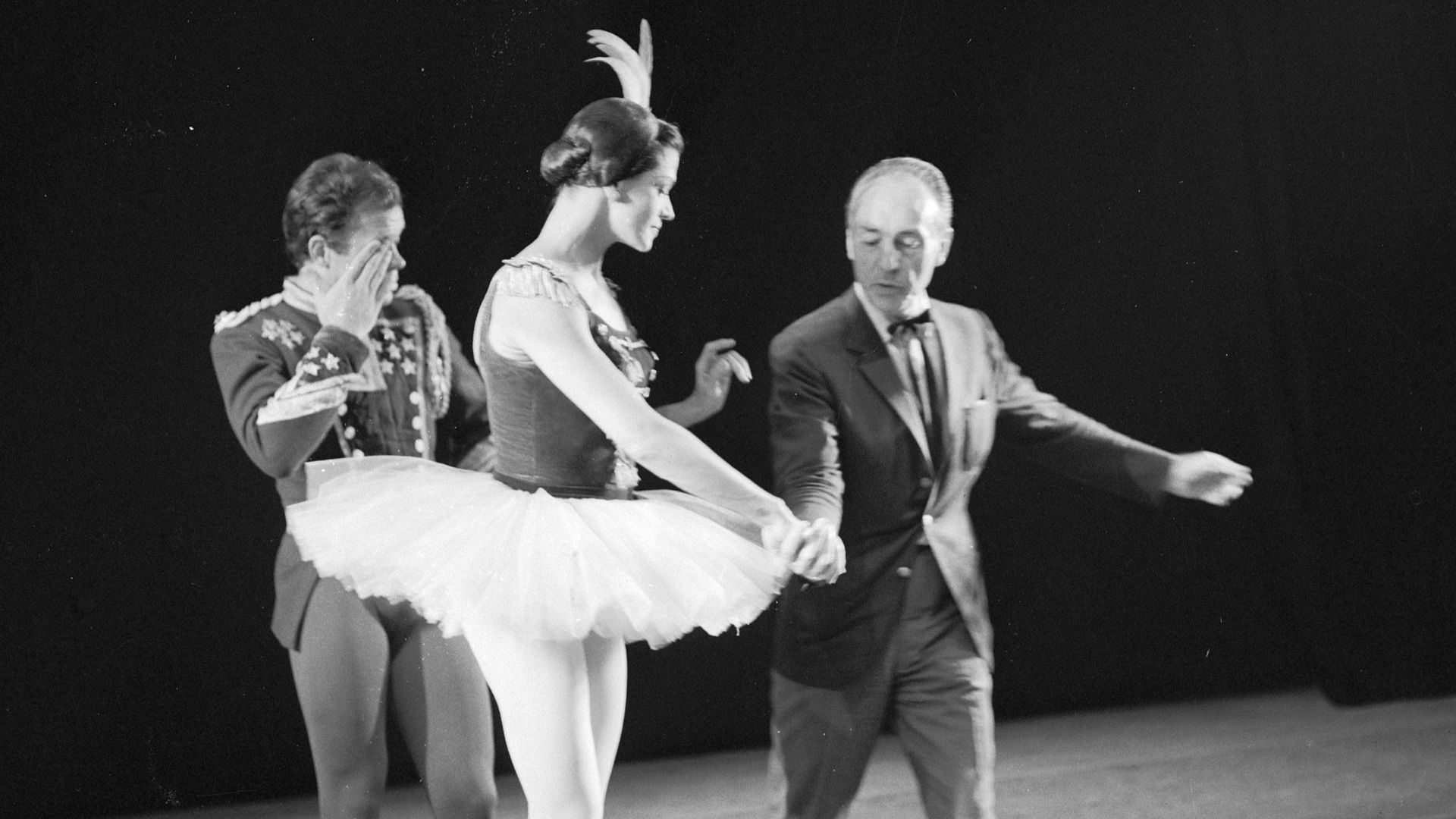
23. He Shocked Her
It all went down on a summer night in Los Angeles in 1945. Balanchine invited Tallchief to join him for an outing after a performance. Tallchief quickly agreed, as, after a year of working together, the two weren't just professional partners, but friends. But when she joined him in his car, he rattled her with a shocking declaration—"I would like you to become my wife". Her response? Not exactly the rom com ending he might've hoped for.
 Archive Photos, Getty Images
Archive Photos, Getty Images
24. She Wasn't Feeling It
According to Tallchief, she felt so surprised she nearly passed out. She responded with complete honesty, saying "I'm not sure I love you". If you ask me, that's a pretty soul crushing response. I imagine Balanchine truly expected a different response, considering the passion of their working relationship. Either way, though, he proved to be undeterred.
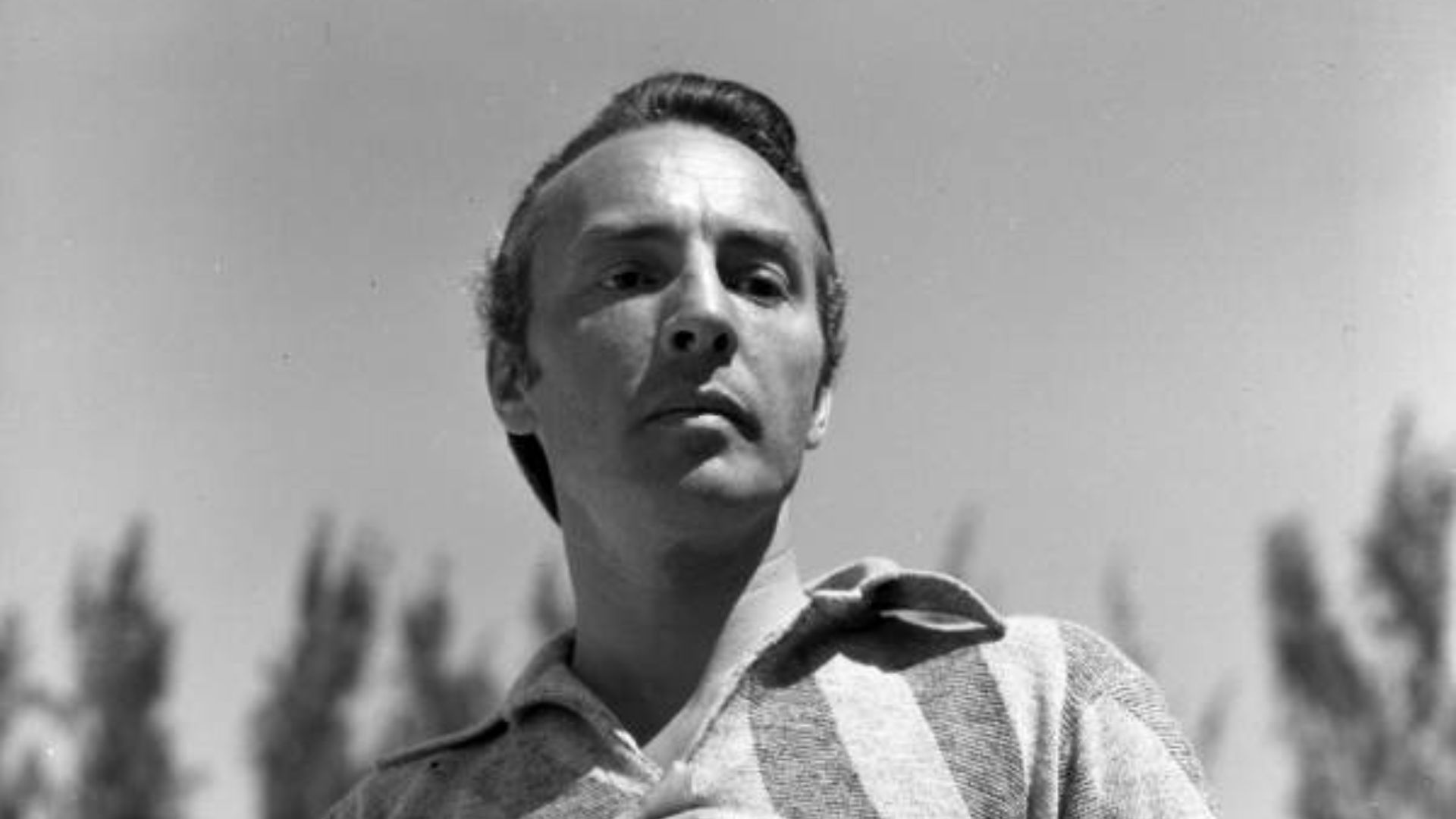 Joseph Janney Steinmetz, Florida Memory, Wikimedia Commons
Joseph Janney Steinmetz, Florida Memory, Wikimedia Commons
25. He Pressed Harder
Balanchine didn't seem to care that the object of his affection didn't feel the same way. He insisted they marry each other anyway. Furthermore, he reportedly declared that he didn't even care if the marriage lasted forever, that even a few happy married years together would satisfy him. For some reason, that seemed to do it for Tallchief. The very next day, she decided to accept the proposal. When she told her parents, though, things immediately went downhill.
 Bettmann, Getty Images
Bettmann, Getty Images
26. They Blew A Gasket
When Tallchief told her parents about her impending nuptials, they completely lost it. They didn't approve at all, with her mother calling the very idea totally "idiotic". It could've been the very brief time the two knew each other that gave her parents pause. But if you ask me, the detail that put them over the edge was the astounding age gap between the two...
 Keystone, Getty Images
Keystone, Getty Images
27. He Liked Them Young
At the time, Balanchine had a good two decades on the 21-year-old ballerina. Paired with the dynamic they held as choreographer to dancer (basically teacher to student), its no wonder Tallchief's parents refused to condone the marriage. That didn't stop, her though. She continued on, full steam ahead. In the end, though, the wedding and marriage proved to be everything but traditional (or particularly romantic).
 Evening Standard, Getty Images
Evening Standard, Getty Images
28. They Kept It Professional
Tallchief and Balanchine married in August 1946. Her parents refused to attend the wedding. All things considered, she didn't seem too bothered considering the fact that the two didn't go on a honeymoon either. By her own recollection, "work was more important". So while there seemed no real romance to speak of, neither of the newlyweds cared. They had much bigger fishes to fry, anyway.
 Jack Mitchell, Getty Images
Jack Mitchell, Getty Images
29. They Went International
In 1947, Balanchine arrived to France with a mission: to breathe new life into the Paris Opera Ballet. When Tallchief joined him after completing her contract at Ballet Russe, the two likely felt like the perfect fit for the job. But the new ballet company was far from welcoming. For one, many of the troupe's dancers remained loyal to the previous director, Serge Lifar, and were openly hostile toward their new leader. But what the newlyweds did when they actually started working there only made things worse.
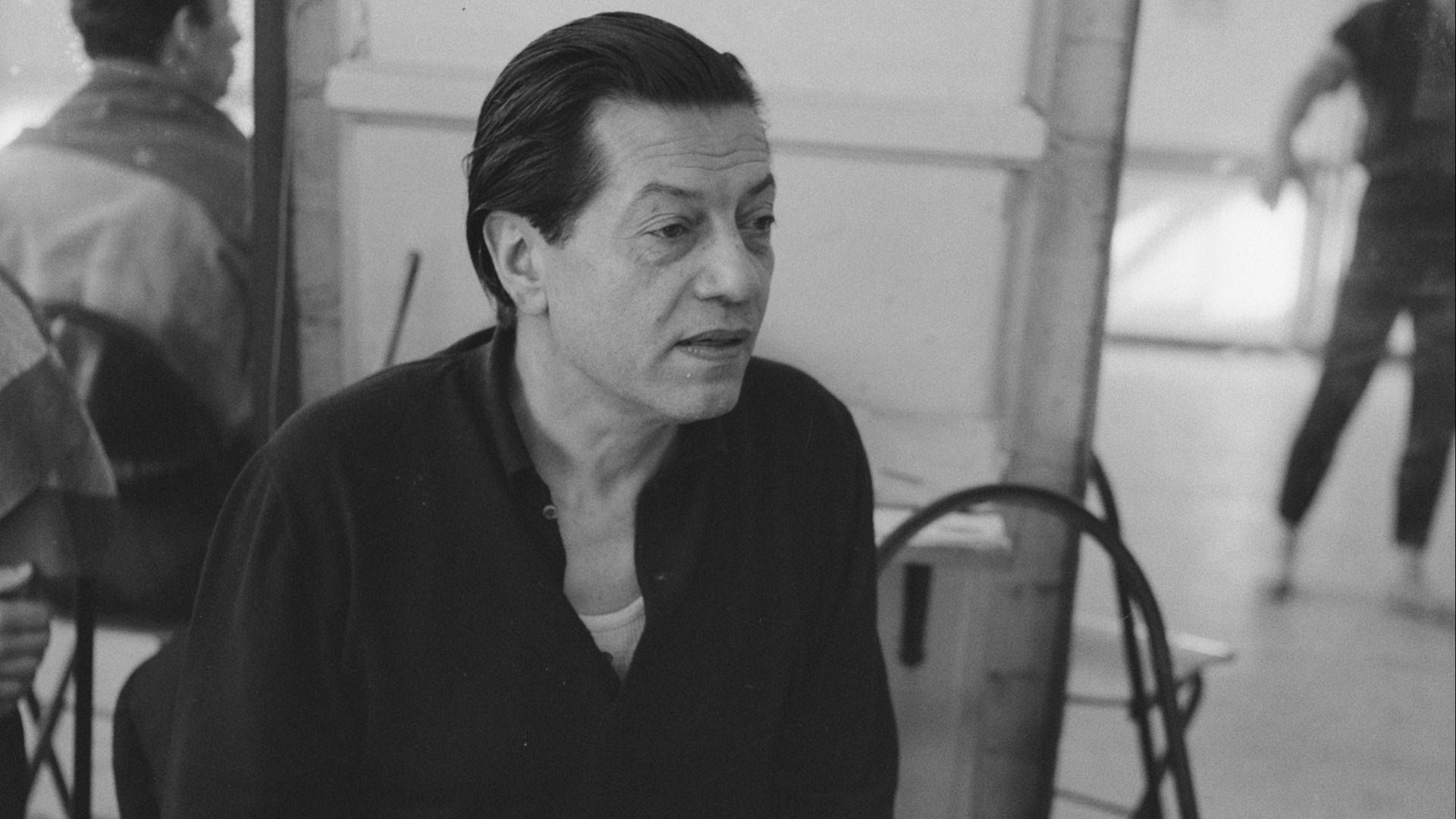 Herbert Behrens / Anefo, Wikimedia Commons
Herbert Behrens / Anefo, Wikimedia Commons
30. They Bent The Rules
Ignoring the French company’s strict hierarchy, Balanchine focused on modernizing their repertoire and elevating his young wife to leading roles. This defiance of tradition infuriated many within the company, adding even more tension to the already difficult atmosphere. So, with mounting division backstage, Tallchief found herself forced to rise to the occasion or crumble. Ultimately, she rose, though quite possibly in a way she didn't expect.
 Mirrorpix, Getty Images
Mirrorpix, Getty Images
31. She Took It With Her
Once Tallchief actually took to the stage in Paris, the audiences absolutely adored her. Even more than that, they celebrated both her talent and her heritage with media headlines like "The daughter of the great Indian chief dances at the Opera". Reportedly, the other dancers in the company never did totally accept her, but clearly, her talent made her unstoppable. And when she and Balanchine returned to the US in the late 1940s, Tallchief discovered that she was exactly who she thought she was.
 Anthony Barboza, Getty Images
Anthony Barboza, Getty Images
32. She Was That Girl
Back at home on the mainland, Tallchief became the first prima ballerina of the newly formed New York City Ballet. Balanchine choreographed iconic works for her, including Firebird and Swan Lake, showcasing her fiery athleticism. And yet, even as her career soared, things behind the scenes began to crumble.
 Baron, Getty Images
Baron, Getty Images
33. They Gave It Up
One could definitely argue that Tallchief and Ballanchine's marriage proved a critical building block of their careers. But when push really came to shove, they went back on their vows. In 1952, after six years of holy matrimony, the two officially called it quits. Their relationship, once fueled by mutual respect and ambition, faltered as both developed feelings for others.
Considering all they accomplished together, neither seemed to leave the marriage with much resentment. And it's a good thing it ended so well, considering how very quickly Tallchief moved on to the next.
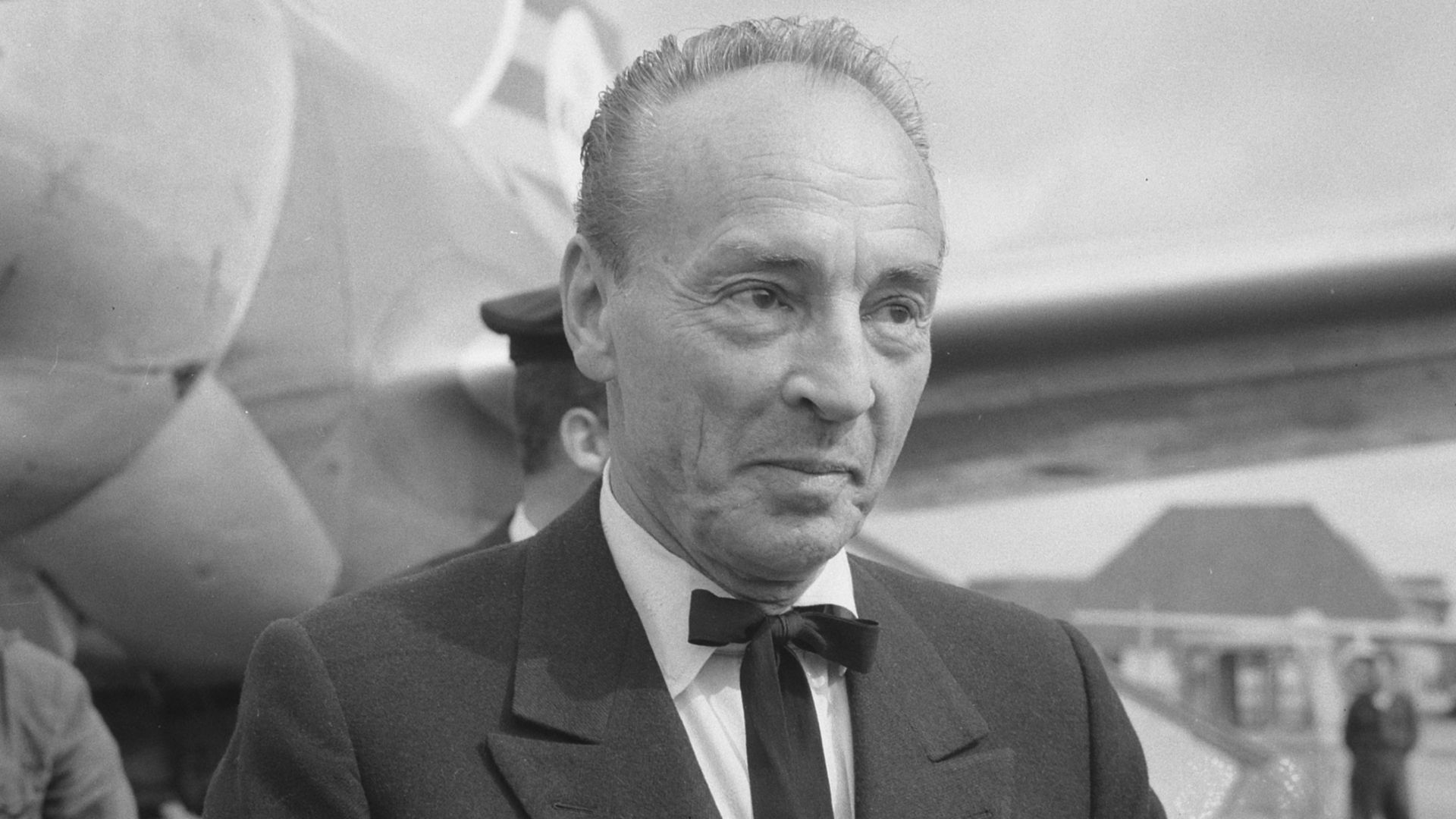 Jack de Nijs for Anefo / Anefo, Wikimedia Commons
Jack de Nijs for Anefo / Anefo, Wikimedia Commons
34. She Moved On Fast
That very same year, Tallchief married her second husband, a pilot named Elmourza Natirboff. There's not much detail surrounding their relationship, although it makes lots of sense to assume that Tallchief had eyes on her new husband before she officially ended her first marriage. There's no news on whether or not her parents attended this second wedding, either. But luckily for Tallchief, she had better things to focus on.
 Jack Mitchell, Getty Images
Jack Mitchell, Getty Images
35. She Went Mainstream
In the early 1950s, Tallchief made her first televised appearance on The Ed Sullivan Show, introducing millions to her breathtaking artistry. Her performances brought ballet into American homes, cementing her as a household name. Around this time, she also took on a cinematic role, portraying legendary ballerina Anna Pavlova in the 1952 film Million Dollar Mermaid. With her career cemented on both the stage and screen, Tallchief managed to break another, more tangible as she approacher her career's peak...
 FPG, Getty Images
FPG, Getty Images
36. She Made Bank
By 1954, Tallchief reached dazzling heights as the highest-paid ballerina in the world, earning up to $2,000 a week. She didn't need the money, considering her background, but that proved beside the point. She more than proved herself as a prima ballerina and certifed star, both at home and abroad. But there was one part of her life that she just couldn't seem to get all the way right.
 Popperfoto, Getty Images
Popperfoto, Getty Images
37. Things Fell Apart
Just two years after their speedy wedding, Tallchief divorced her second husband. The reason for the breakup isn't explicitly stated, buts it's not hard to believe that her career could've added stress to the relationship. She showed no signs of stopping—neither before, during, or after the union. And in my humble opinion, she didn't seem to take much time to grieve the loss either, considering her biggest role yet shone just on the horizon.
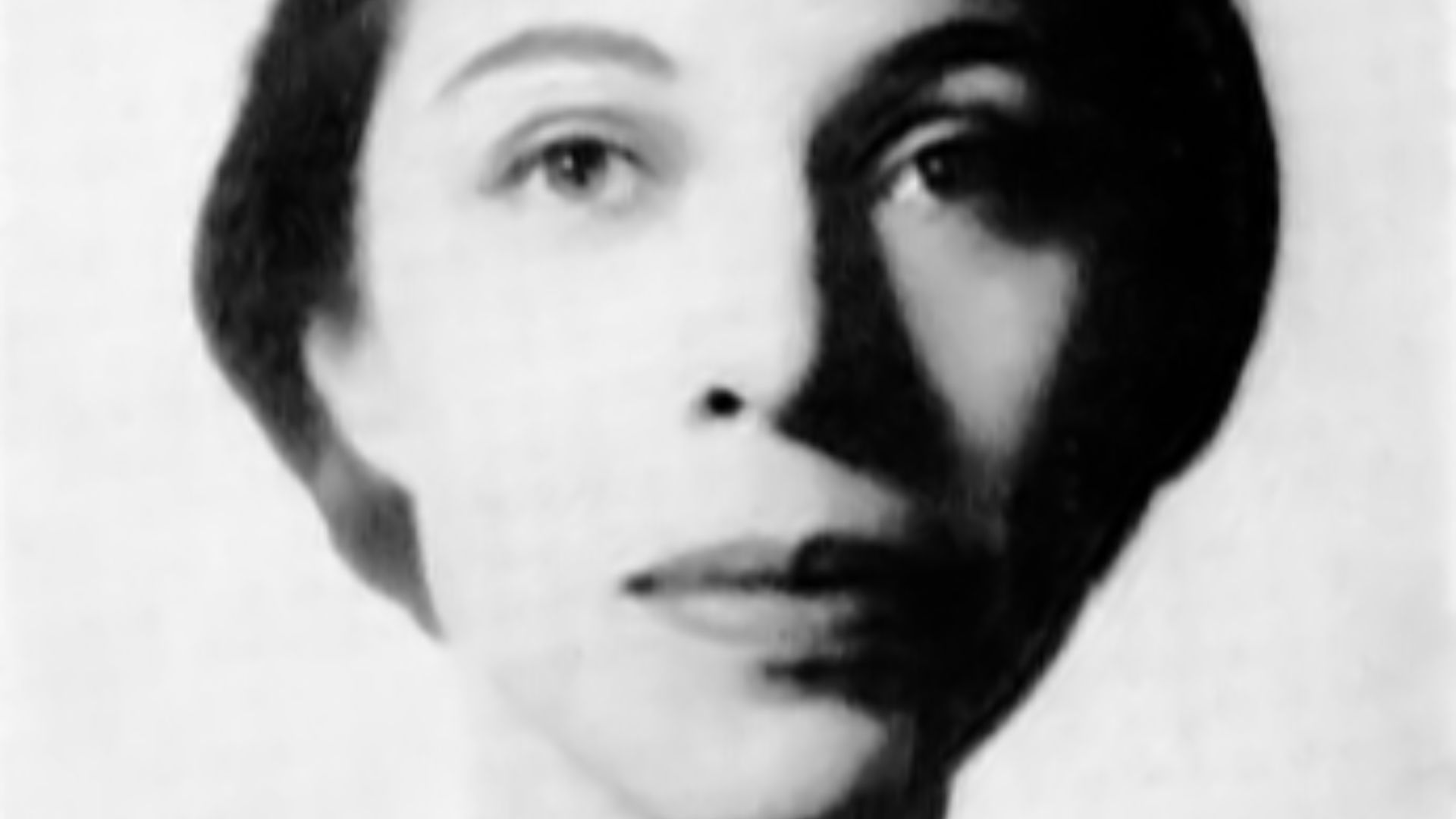 Unknown authorUnknown author, Wikimedia Commons
Unknown authorUnknown author, Wikimedia Commons
38. She Became A Fairy
In 1954, Maria took on the role of the Sugar Plum Fairy in Balanchine’s reimagined The Nutcracker. Not only did her enchanting performance transform the ballet into a beloved Christmas tradition, but is also solidified her legacy as one of the greatest ballerinas of all time. But perhaps even sweeter, though, was the supposed fairytale ending soon to come to her own life.
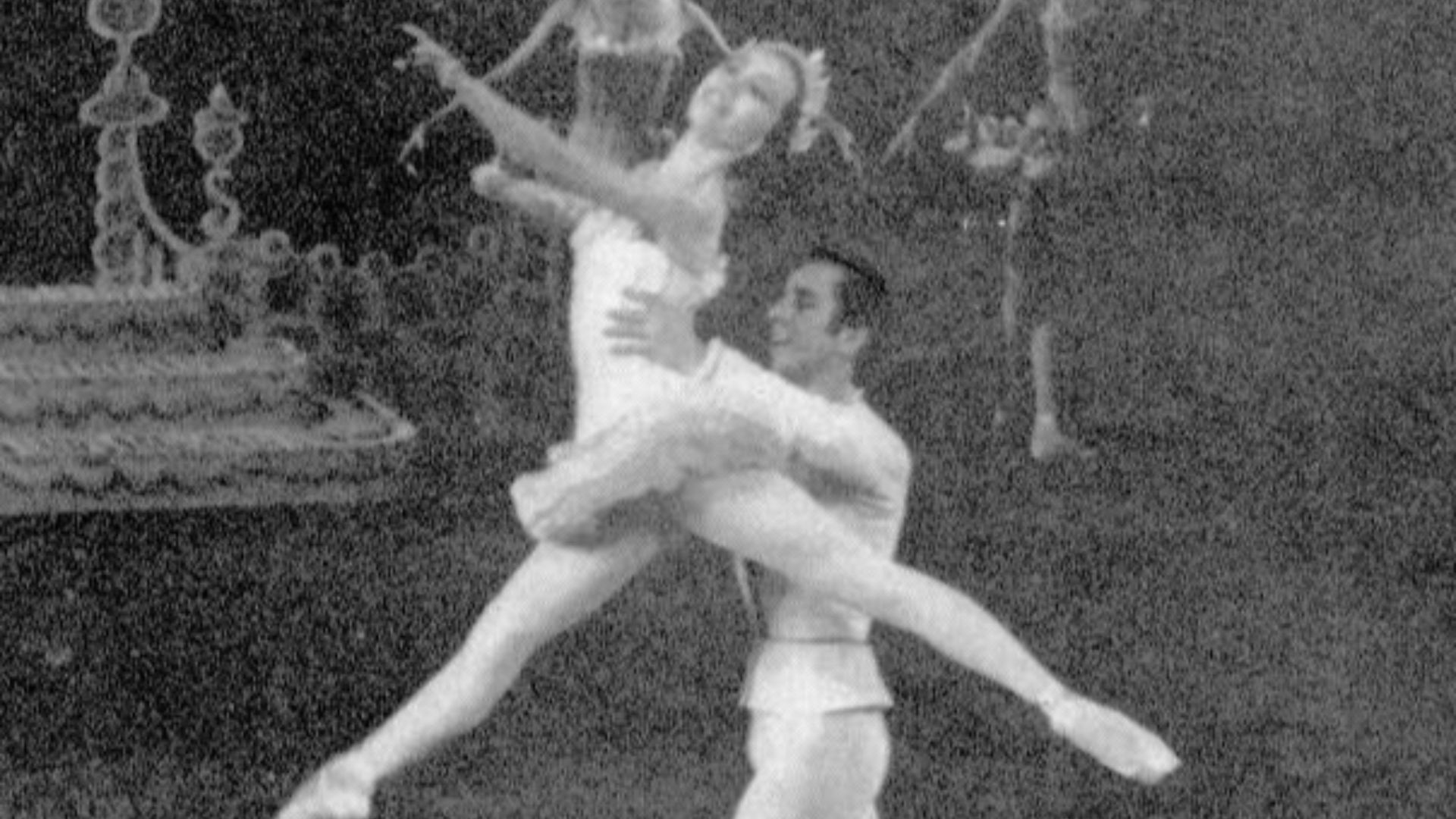 Fred Fehl, Wikimedia Commons
Fred Fehl, Wikimedia Commons
39. She Tried Something Different
The very next year, Tallchief met a businessman from Chicago named Henry Paschen Jr. After a year of dating, Tallchief married for the third time. Interestingly enough, she cited his lack of knowledge of the ballet world as one of her favorite things about him. This time, she seemed to get it right, with the couple welcoming a child a few years later.
As her personal life finally found stability, Tallchief was able to funnel even more attention to her career, and, more specifically, to its quickly approaching end.
 Jack Mitchell, Getty Images
Jack Mitchell, Getty Images
40. She Did Her Thing
For the next several years, Tallchief continued to give stunning performances both at home in America and abroad. She set more records, becoming the very first ballerina to dance at the Bolshoi Theater in Russia, and leaning into newer styles of ballet. And as she approached the end of the 1960s, she probably realized she could keep dancing for many more years. However, she made a decision that many of the greats never get the chance to...
 Jack Mitchell, Getty Images
Jack Mitchell, Getty Images
41. She Left On Her Own Terms
It's quite easy to see how fame and achievement can become toxic. For many people, getting more only makes them want more. But Tallchief didn't want her fans to see her fail. In other words, she decided to leave the stage in her prime, ensuring her final performance on stage proved as dazzling as ever.
She strapped into her performance pointe shoes for the last time in 1966, starring in Cinderella by Peter van Dyk. But if you thought that meant the end of her work in the ballet world, you thought wrong!
 Bettmann, Getty Images
Bettmann, Getty Images
42. She Kept Going
Once she retired from performing, Tallchief turned her attention to next generation of ballet. She settled down in Chicago with her husband and daughter, first working as as the director of ballet for the Lyric Opera of Chicago. Even with her new life, though, Tallchief set her eyes on bigger and better things. This time, though, she'd find she bit off more than she could chew.
 Bettmann, Getty Images
Bettmann, Getty Images
43. She Went Big
In 1981, Maria and her sister Marjorie established the Chicago City Ballet. Founding the school with the help of a sizable donation from her husband, Tallchief hoped to elevate the city’s dance scene. Though she succeeded in boosting the popularity of ballet in the city, things began to fall apart financially in 1987. Even worse, Paschen ultimately withdrew his support, which foreshadows some more serious struggles they faced a few years later.
 John Franks, Getty Images
John Franks, Getty Images
44. All That Glitters Wasn't Gold
Despite the failure of the the Chicago City Ballet, Tallfield herself lived a very luxurious life with her husband. And though she'd made her own wealth over the years, her husband boasted much more. He built them gorgeous homes in multiple places, including Martha's Vineyard and New York City. But in 1998, some unexpectedly expensive chickens came home to roost...
 Photographer: Tom Harpel from Seattle, Washington, United States, Wikimedia Commons
Photographer: Tom Harpel from Seattle, Washington, United States, Wikimedia Commons
45. She Married A Crook
In 1998, a terrible scandal shook up the Tallchief household. The courts nailed Paschen for allegedly skimming $2 million from his company during the 1980s to fund renovations on several of the couple's fabulous homes. They ultimately sentenced her husband to two years in prison for federal tax evasion. But, even with her husband's conviction, Tallchief didn't actually leave him. The two remained together for several more years, until Paschen passed in 2004 in his late 70s.
Sadly, after the passing of her husband, Maria wouldn’t survive another 10 years.
 WWD, Getty Images
WWD, Getty Images
46. Her Passion Ended Her Life
In December 2012, Maria suffered a hip injury, which led to complications. Sadly, this simple accident was the beginning of the end. And while the hip injury isn't directly tied to her life onstage, ballet dancers do have a history of hip issues resulting from the extreme movement their skill requires. So, in the end, her greatest gift may very well have led to her end.
Due to issues stemming from the injury, Tallchief passed the very next year. All things considered, though, she'd done more than enough to ensure she'd never be forgotten.
 Fairchild Archive, Getty Images
Fairchild Archive, Getty Images
47. She Remembered Who She Was
During her lifetime, Tallchief deeply involved herself with organizations like America for Indian Opportunity and the Indian Council Fire Achievement Award. She believed in creating opportunities for Native Americans like herself so that they could achieve their potential. As such, he managed to pin down another major first even after she finished up her time on earth.
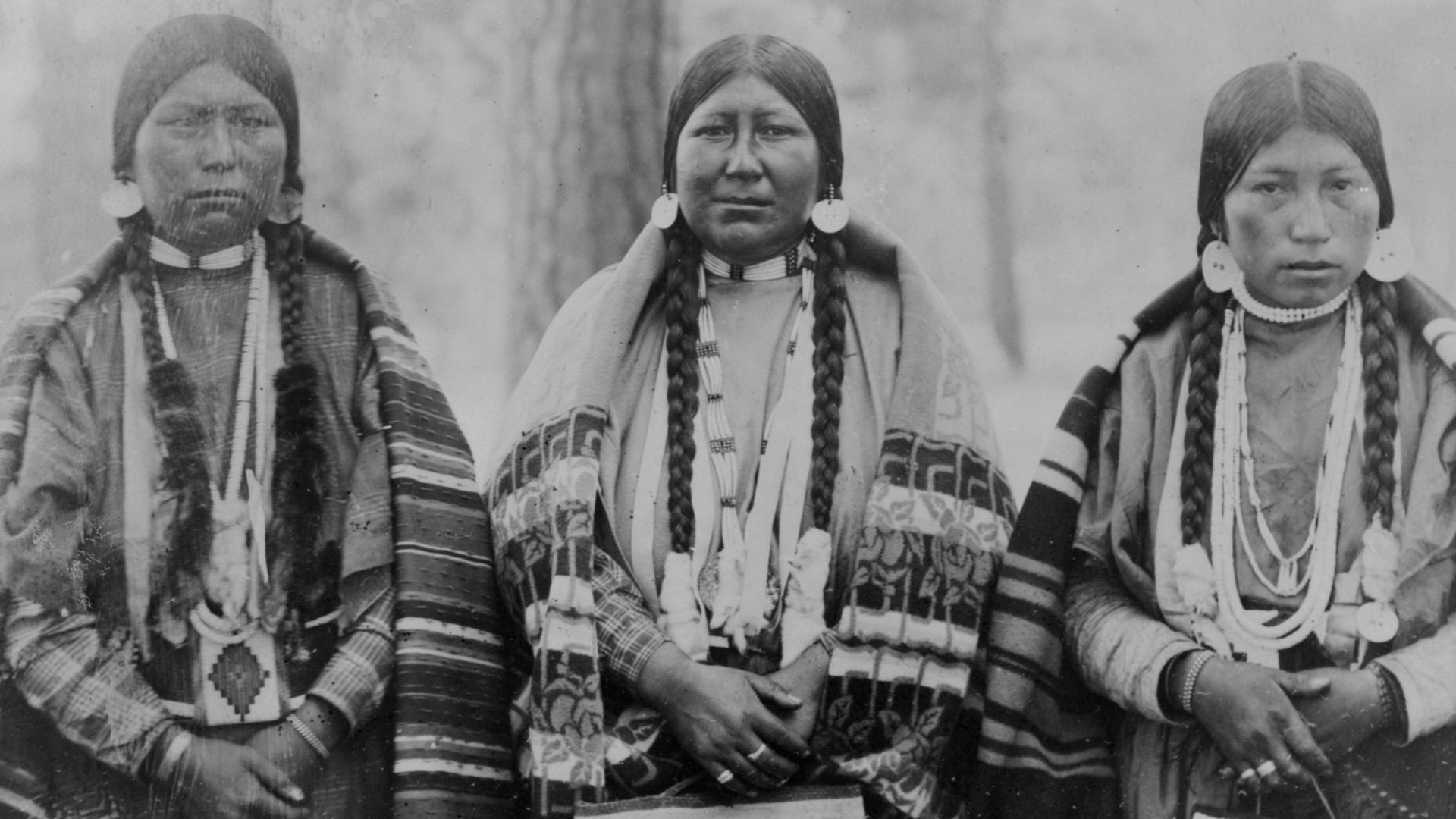 Unknown authorUnknown author, Wikimedia Commons
Unknown authorUnknown author, Wikimedia Commons
48. She Made Her Mark
In 2018, the National Native American Hall of Fame inducted Maria during its first-ever induction ceremony. However, it’s important to remember that despite her pride in her roots, she always insisted on being judged for her artistry, stating, "Above all, I wanted to be appreciated as a prima ballerina who happened to be a Native American". And considering the honors she received outside of her community, she definitely managed to do just that.
 Fairchild Archive, Getty Images
Fairchild Archive, Getty Images
49. She Proved Herself
Despite the challenges she faced as a minority excelling in a majority space, she ultimately got everything she wanted and more. She received multiple honors, including an induction into the National Woman's Hall of Fame, a National Medal of Arts, and even an American quarter minted in her honor. And if you still doubt how much of a boss woman she really was, there are multiple ways to find out for yourself...
 J. Wilds, Getty Images
J. Wilds, Getty Images
50. Her Story Was Unforgettable
Despite all the trials Tallchief faced in her descent to the top of the ballet world, she persevered with grit and grace, leaving a story behind that's just begging to be told. Multiple writers have retold her story, culminating in a PBS documentary in the late 2000s.
Without a doubt, she danced her way to the top and never looked back.
 Hulton Deutsch, Getty Images
Hulton Deutsch, Getty Images
You May Also Like:
A Ballerina Goes Too Hollywood For Her Own Good
The Dark Side Of The Dying Swan
Classic Hollywood's King Of Dance
Sources: 1, 2, 3, 4, 5, 6, 7, 8, 9, 10